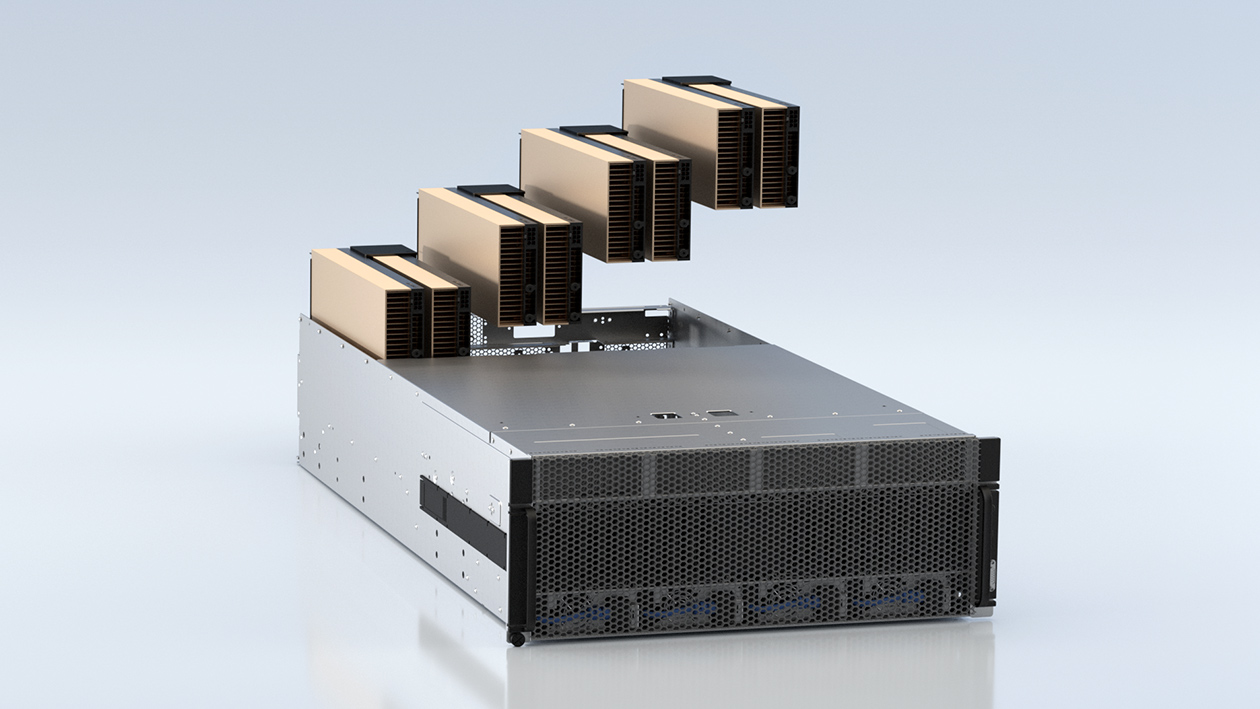

Besides wasting GPU memory, it also requires time and bandwidth to read the textures from disk and transfer them to GPU memory. It’s not practical to preload entire film-quality textures into GPU memory. In addition, numerous layers are often used, including coarse and fine displacement and various material layers such as dirt, each of which is a separate collection of textures. eye, nose, mouth), each of which is painted at 4K or 8K resolution. A character’s face is typically divided into several regions (e.g. It’s not unusual for a hero character to have 50-100 GB of textures, and many sets and props are equally detailed (sometimes for no good reason, except that it would be more expensive to author at a more appropriate resolution).įilm models are usually painted at extremely high resolution in case of extreme closeup. The size of film-quality texture assets has been a longstanding obstacle to rendering final-frame images for visual effects shots and animated films. Scenes with up to 4 TB of textures are now supported in OptiX 7.2. The new OptiX Demand Loading library allows hardware-accelerated sparse textures to be loaded on demand, which greatly reduces memory requirements, bandwidth, and disk I/O compared to preloading textures. Note: beauty denoising without AOVs is ~10-20% faster.
#TURN OFF GPU FOR DENOISER III 1080P#
Here are some example timings of AOV denoising a 1080p frame using different GPU generations. Performance-wice, each extra AOV layer adds between 10 and 20 percent of the time it takes to denoise the beauty image, so adding extra layers is relatively inexpensive. Layered AOV denoising can even be used seamlessly with the tiled denoising features that shipped with OptiX 7.1, there is nothing tricky that needs to happen when combining these features. This is especially important when denoising layers that have a lot of black background in them, because this kind of imagery can get badly blurred and look wrong when you denoise each layer separately. The benefit of denoising all the layers together is that the denoiser will filter all the image layers in the exact same way, ensuring that a composited set of layers still looks correct. OptiX 7.2 has added the ability to denoise multiple AOV layers simultaneously along with the color image in a single denoising pass.


 0 kommentar(er)
0 kommentar(er)
